I save the point clouds of a scene and its quaternion in a pcl file.
First, I've only used pose w.r.t to device start (see second image) to get the quaternion. I've discovered a drifting problem which I mentioned here.
- Therefore, I learned the scene with area learning (see first image) by walking around the table.
- After that, I'm loading the area description file (ADF) to overcome the drifting. I wait for the first loop closure/localization in the onPoseAvailable callback.
- Then in the onXyzIjAvailable callback I use its timestamp to get a valid pose w.r.t to the ADF origin (baseFrame = COORDINATE_FRAME_AREA_DESCRIPTION and targetFrame = COORDINATE_FRAME_DEVICE).
- And I save the poseAtTime(xyzIj.timestamp) and the xyzIj in a *.PCD file.
But, the drifting seems to get even worse (see third image). It's better oriented to the origin, but the point clouds aren't that close as in the image without adf.
Do I something wrong?
Is there any way to improve this?


